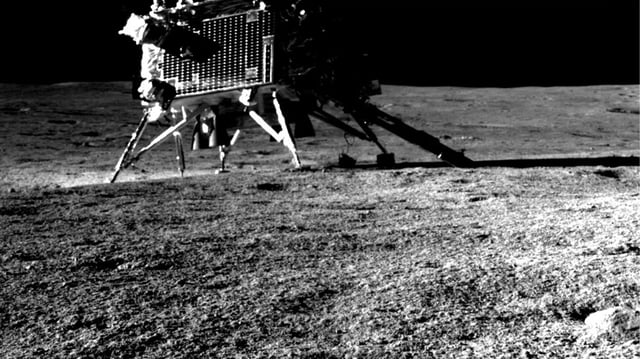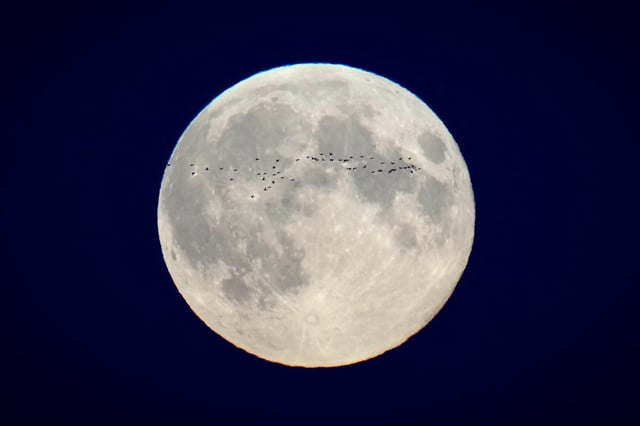Overview
- Chandrayaan-3's Vikram lander conducted surface and subsurface temperature measurements near the Moon's south pole, a previously unexplored region.
- The study found that slopes facing away from the Sun, with angles greater than 14 degrees, may allow ice to accumulate closer to the surface than previously thought.
- Temperature variations were observed over short distances, with sloped areas reaching higher temperatures than flat regions nearby, due to differences in solar radiation exposure.
- These findings suggest ice may exist in regions surrounding the lunar poles, not just at the poles themselves, increasing the potential for accessible water resources.
- The data could support future lunar missions, including NASA's Artemis program, by improving models of water ice distribution and informing strategies for resource utilization.

